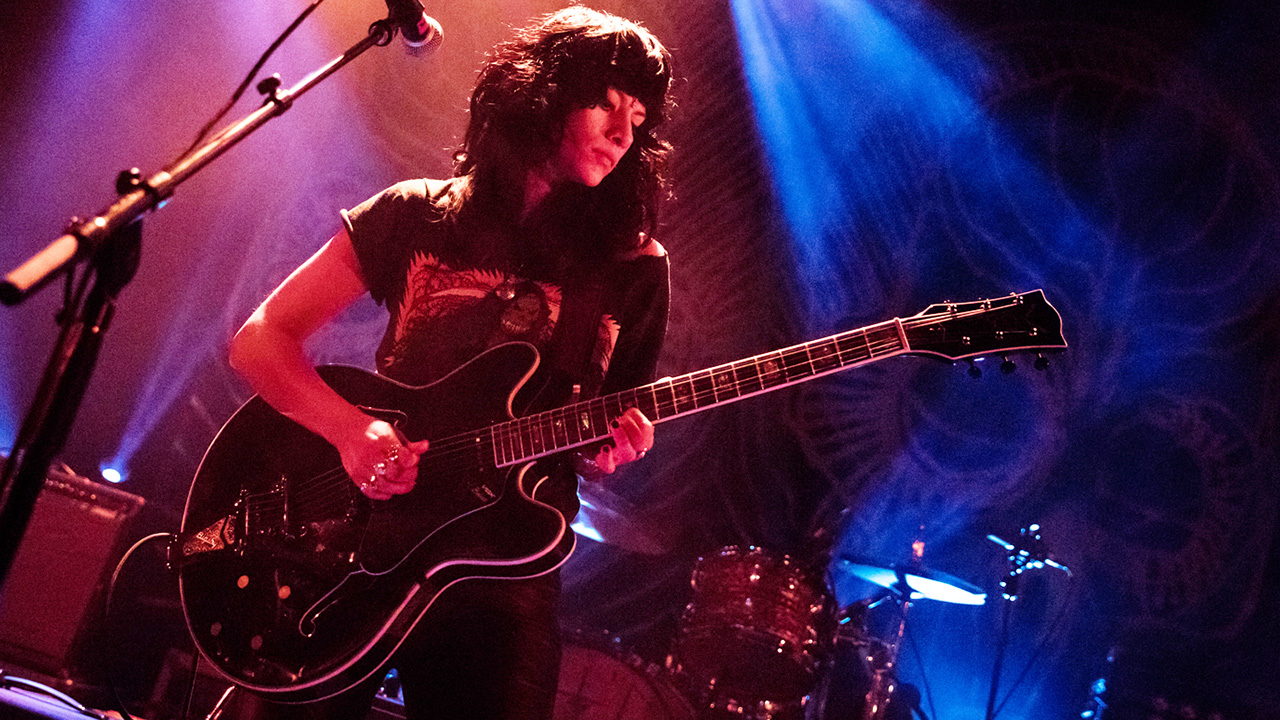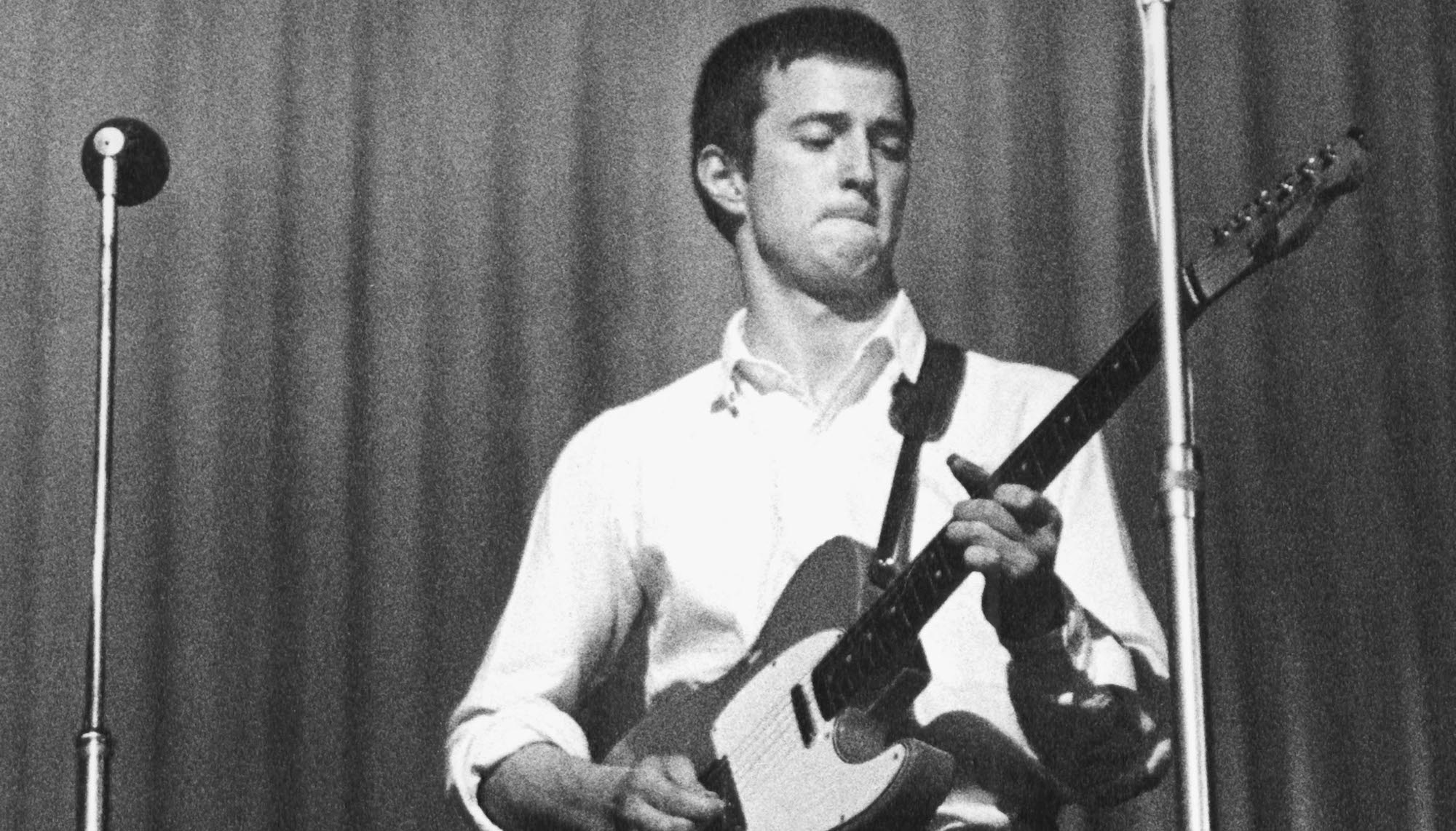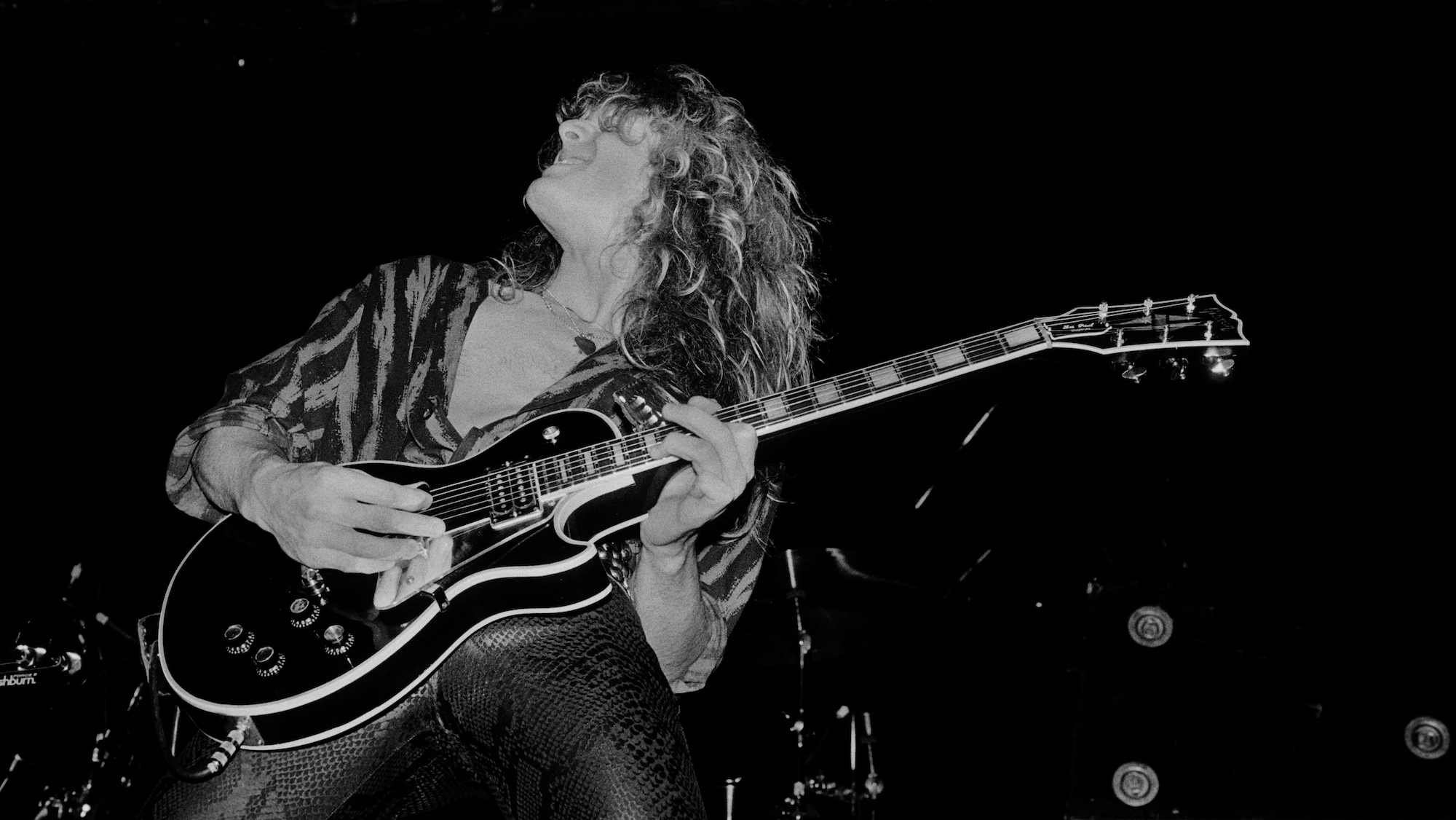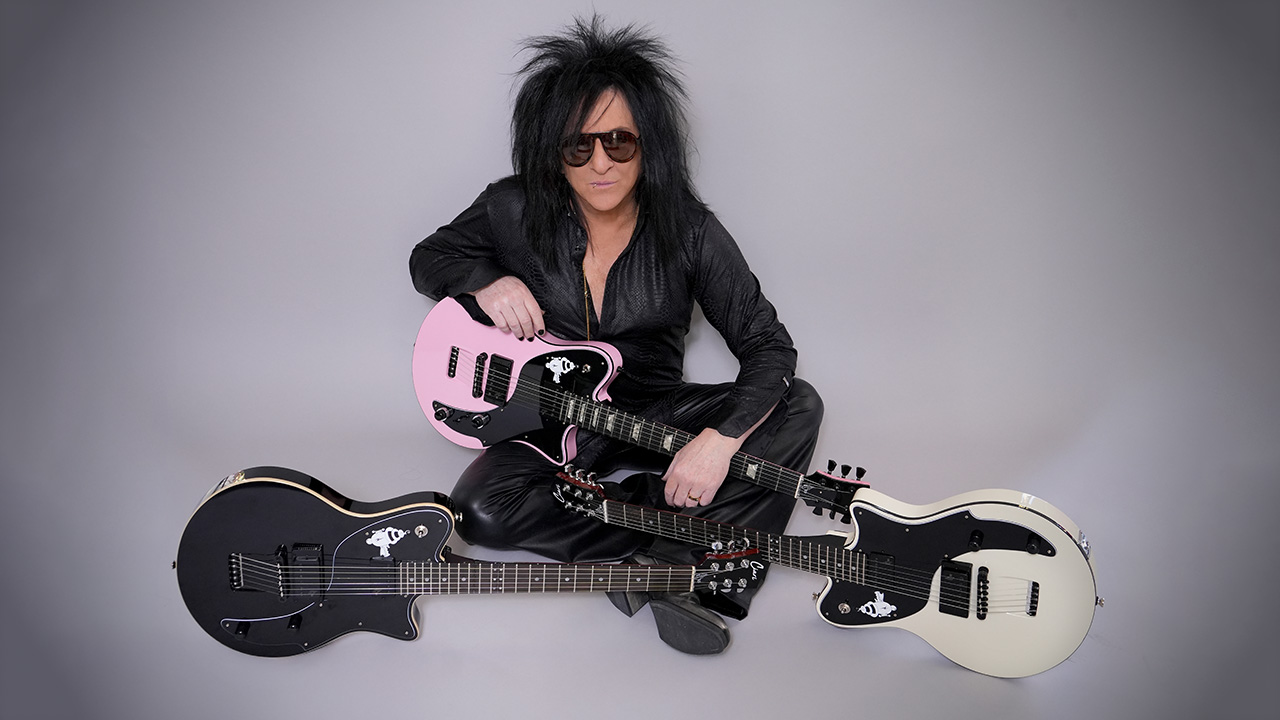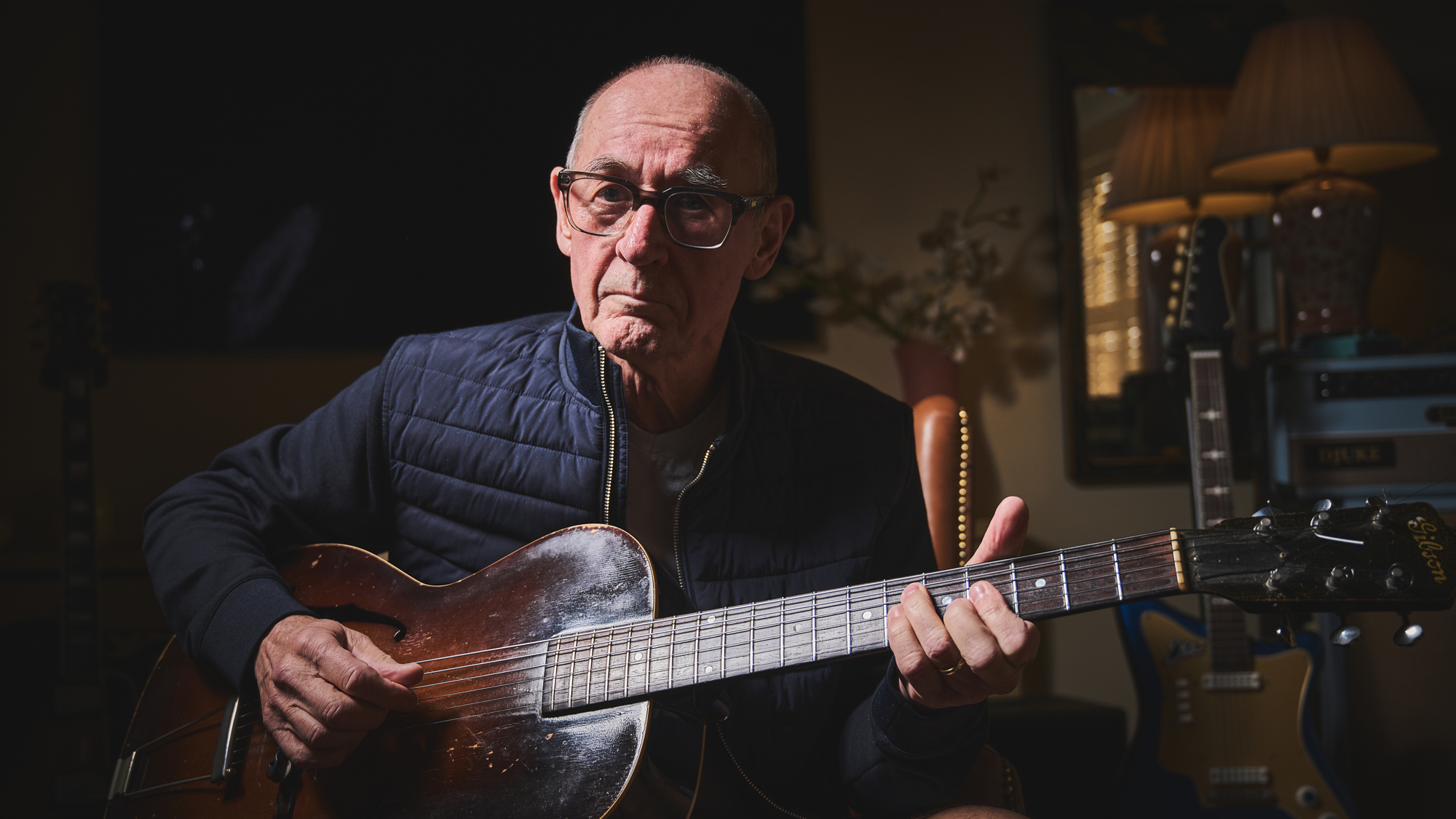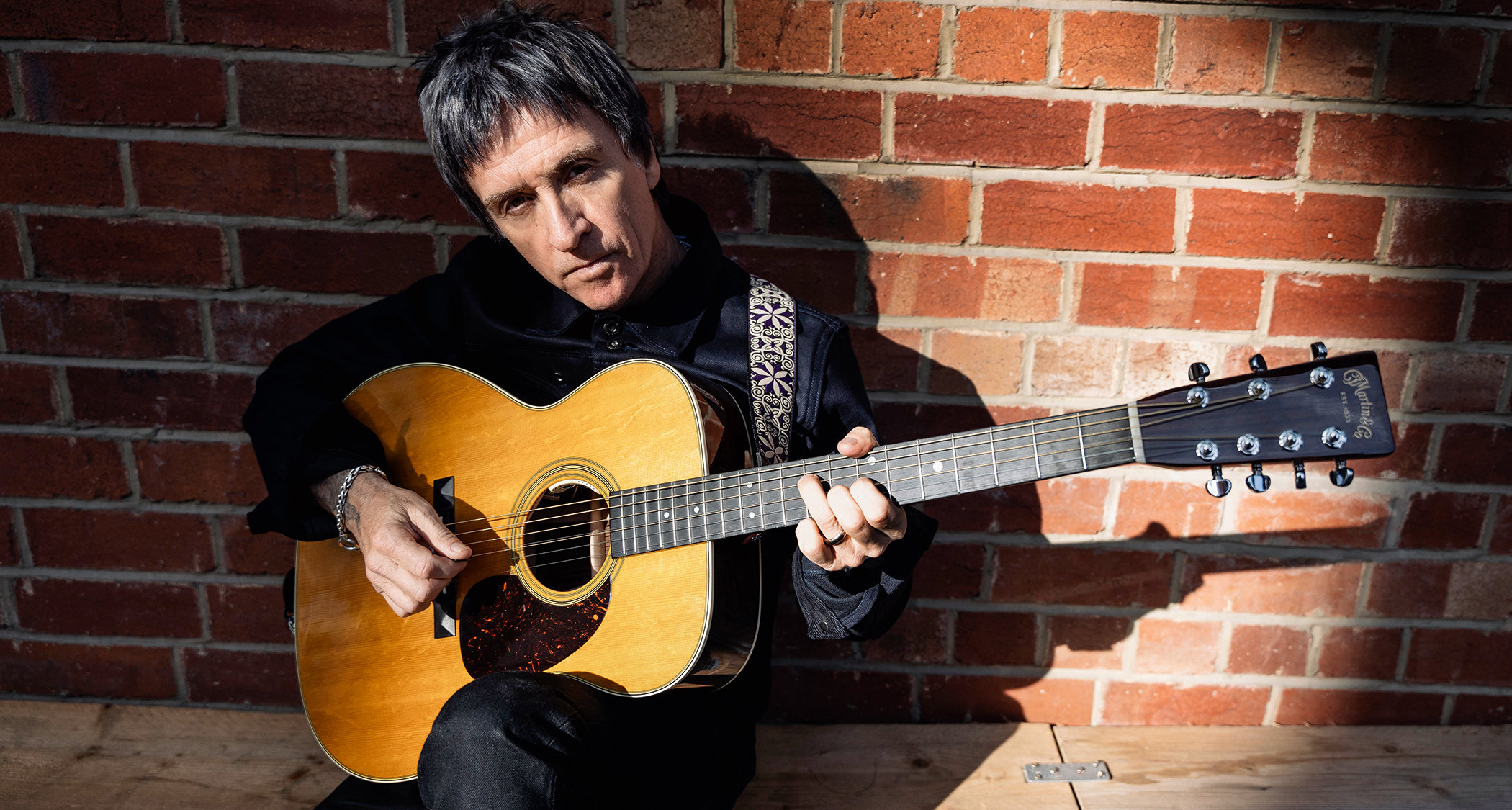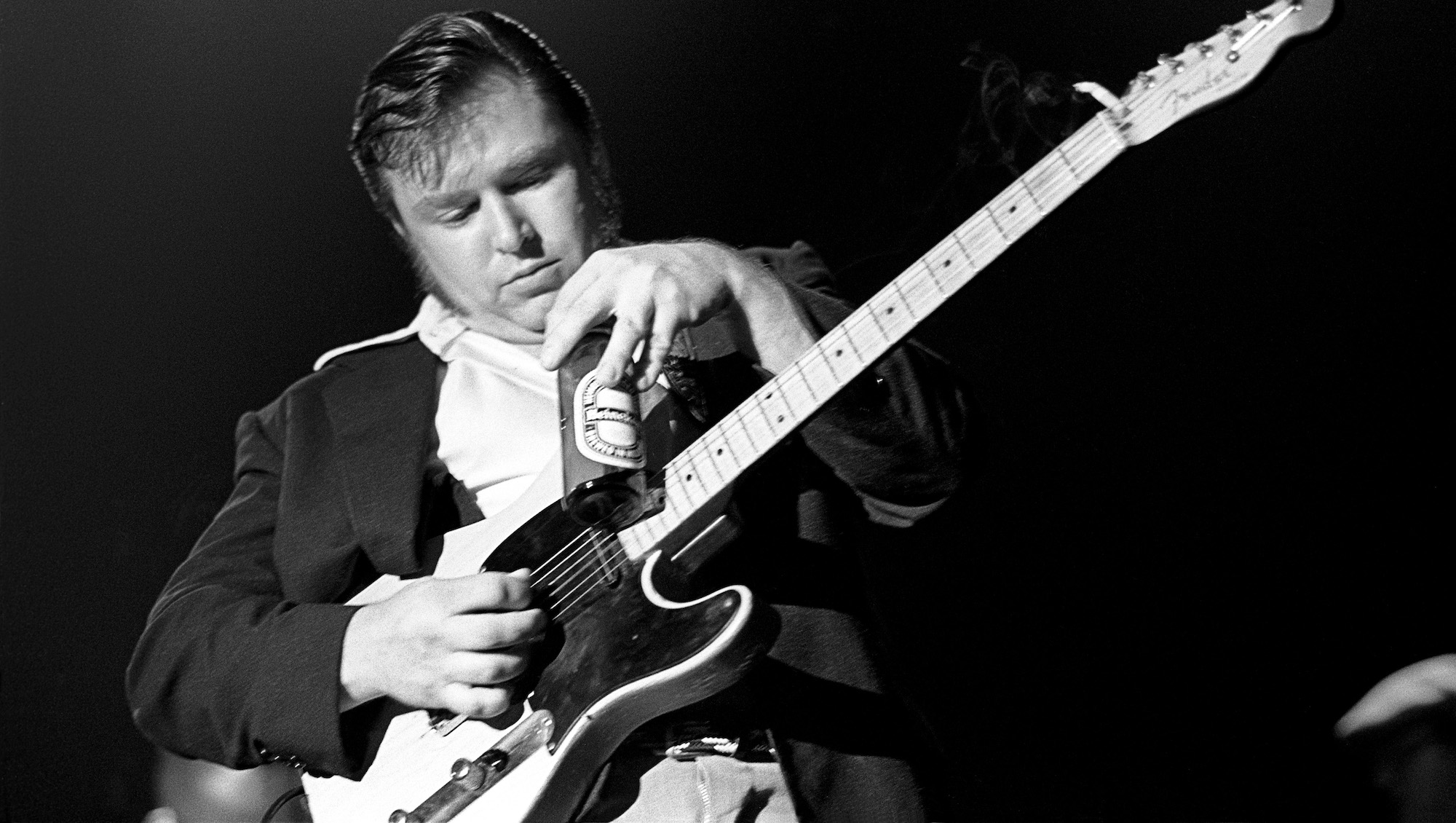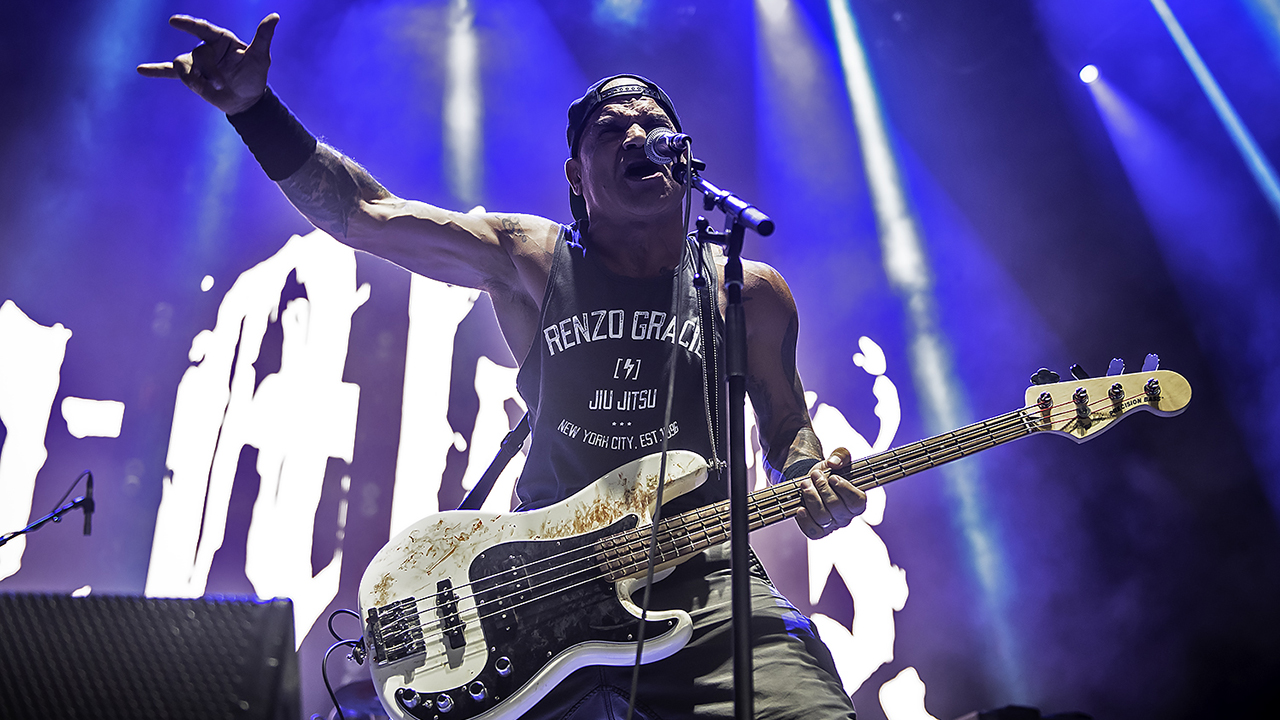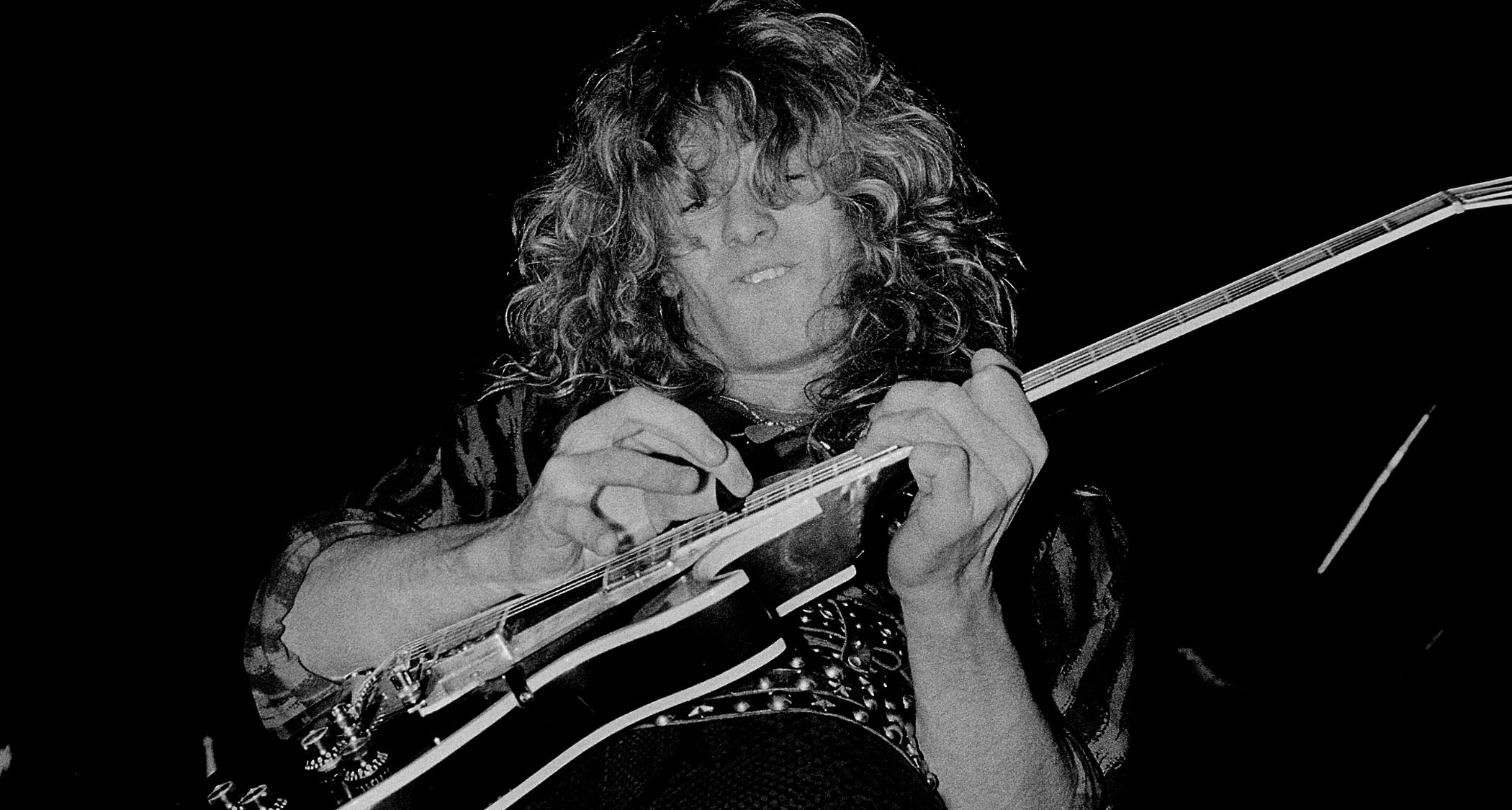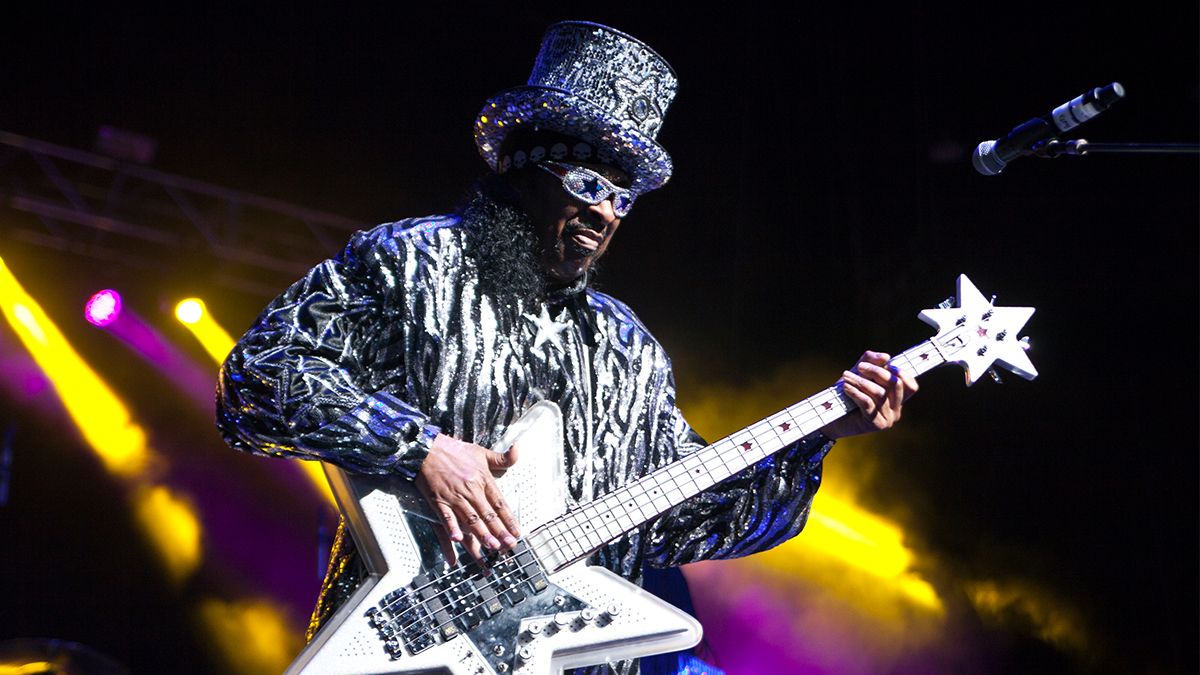“I'm like the Pablo Escobar of bass. If a dude works on my pedalboard, it's almost like I have to kill him after he's done!” With Rage Against the Machine, Tim Commerford pioneered an all-time iconic bass tone. No wonder he's cagey about his setup
The toughest right hand in bass charts his never-ending quest for the ultimate tone
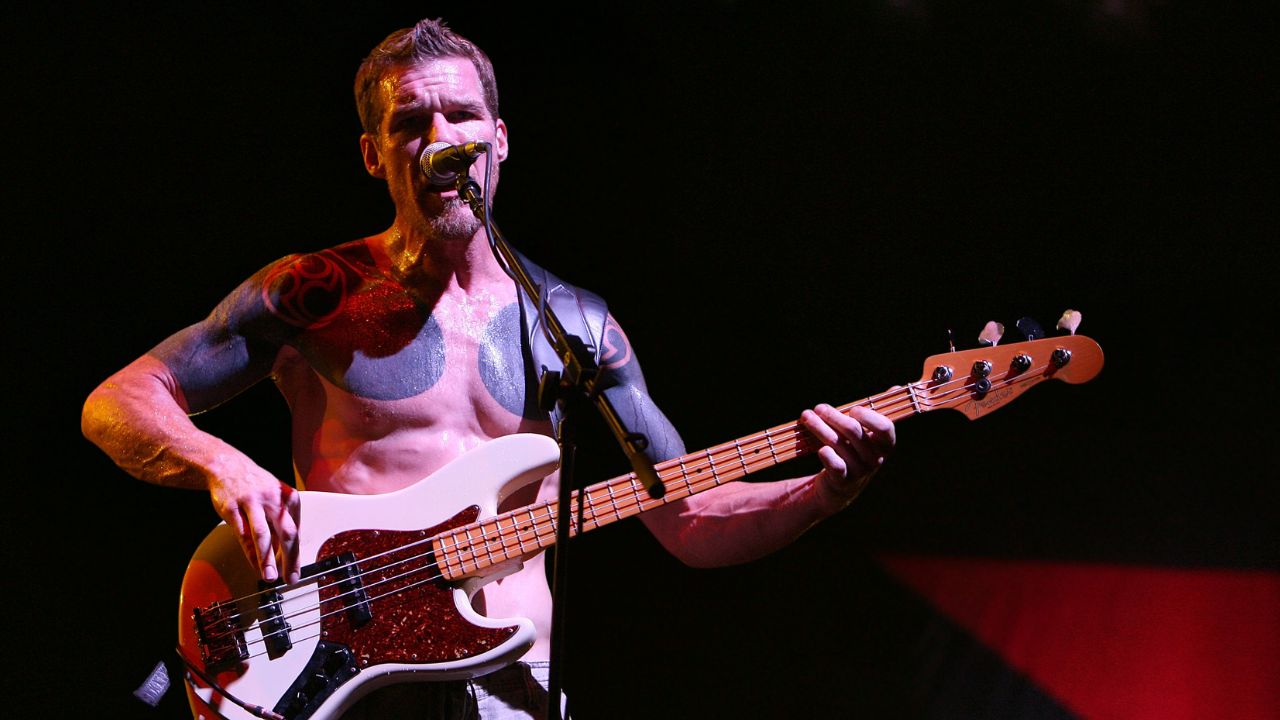
For nearly two decades with Rage Against the Machine and six years with Audioslave, Tim Commerford has navigated a never-ending quest for the ultimate distortion tone. He's built his own stompboxes. He's tinkered with his amps. He's even wound his own pickups – by hand. And he's as secretive as he is satisfied about the progress of his one-man tone trek.
“I'm like the Pablo Escobar of bass,” he told Bass Player, referring to the notoriously violent drug kingpin. “If a dude works on my pedalboard, it's almost like I have to kill him after he's done. I don't, but a few times I've told people, ‘If you let anyone know what you've done to my 'board, I'm coming back!’”
With his larger-than-life personality, and obsessiveness about his sound, it's easy to see how Commerford has become one of the most distinctive voices in rock bass. But don't be too quick to categorize him: he's also a jazz fan who's studied upright and actively applies the advice of Jaco Pastorius to his bass playing.
Since Commerford first set about establishing a bass sound for Rage by using a Marshall Guv’nor stompbox for riff-rock distortion, he has constantly experimented with his tone and he is quite secretive about his discoveries.
“My setup is my shit; I spent 10 years getting it to be the way it is, and for me to just break it down and tell everyone exactly what I've done, is just blowing it.”
Still, he confided some of his gear secrets to Bass Player.
For Commerford, it all starts with pickups. For a time his main bass was a BEAD-tuned Fender Jazz with an ash body, maple Precision neck, and Leo Quann Badass bridge. That bass contained the pickups from a similar instrument he used on three Rage albums and numerous tours.
Get The Pick Newsletter
All the latest guitar news, interviews, lessons, reviews, deals and more, direct to your inbox!
“I smashed that bass on MTV and I regret it to this day. It had these '70s Jazz pickups I got in England. When I'm on tour I'll go to all these luthier shops and look for Jazz pickups.”
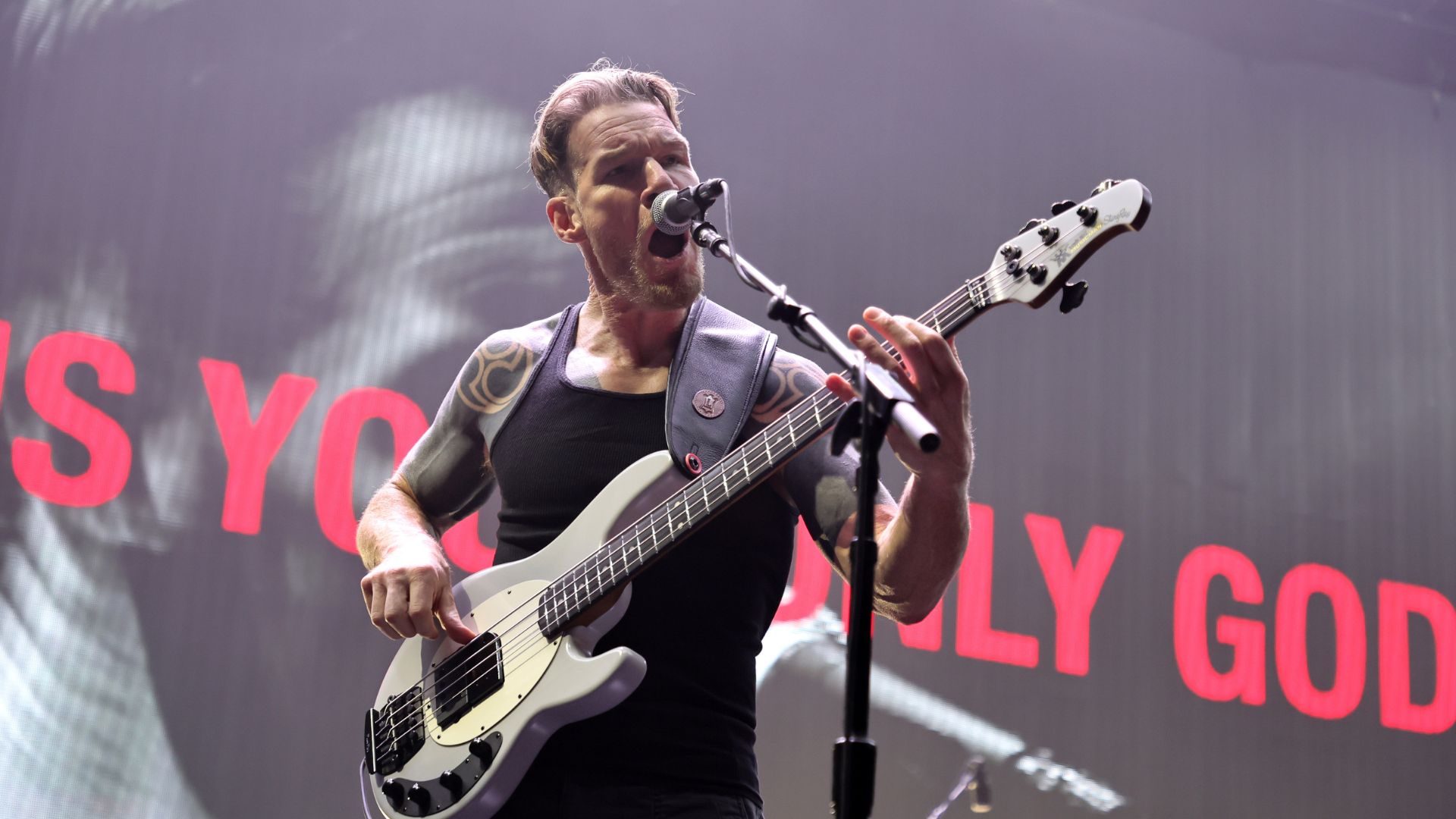
After Commerford acquired those pickups, he rewound them by hand, which he says gave him more sustain and feedback. “To wind pickups by hand, you have to take your time and slowly stack the wires. It's not the kind of thing you can do in one day; it took me about two weeks.
“I liken it to winding the winch on my four-wheel-drive truck: You don't want to just hit the rewind button and let it stack up wherever it wants. You want it to stack perfectly so it almost looks brand-new. And thicker wire doesn't take as long to wrap. I don’t look for the cleanest sound; I like that edgy, dirty tone. If you use different wire on your pickups, you'll absolutely get a different sound.”
One of Commerford's main musical goals is to fill the sonic space of both bass and rhythm guitar, especially during Tom Morello's guitar solos.
“During the show, I know fools are focusing on those solos, but when Tom goes from rhythm guitar to solo, I jump that shit up to another level, and it sounds like nothing drops out. If I don't already have it maxed out, I will max it out during his solos.”
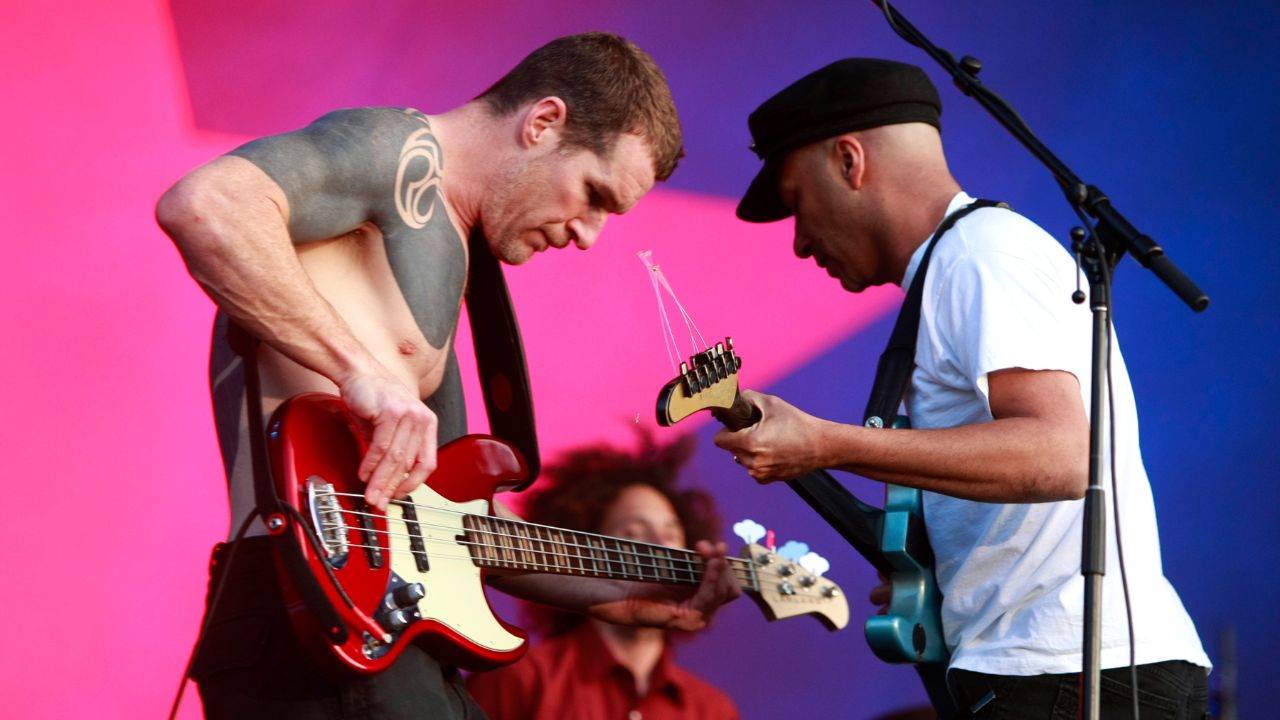
Commerford achieves his multi-level bass sound with a three-rig setup: one amp and cabinet for a clean sound, one for a middle-of-the-road overdrive, and one for full-on distortion. The clean sound always stays on, and he can kick in the two other layers of grit using a custom pedalboard switching system.
“You can try to figure it out, but there's no way you ever will. I even have cords on my shit that don't do anything!”
Before the switcher splits the bass signal into three paths, it goes through a delay pedal, so that all three parts of the signal are affected when Commerford kicks in the delay. While his clean sound remains stompbox-free, post-switcher distortion and wah pedals feed his two edgier sounds.
Commerford's ultimate secret weapon is a one-of-a-kind, custom-made distortion box, based on a pedal he crafted himself from parts of an old wah pedal. “My distortion comes before everything else. If you have a good distortion box, then all the other pedals work great.
“I always shoot for distortion that sounds like a saw blade without a lot of teeth. It's not like a guitar distortion that goes sshhhhh; it's more like a gritty a-a-a-gghhh! As of late, though, l've been getting more of my distortion by turning up the amp gain and the master volume. That's the best distortion.”
After the distortion stompboxes, Commerford has a pair of bass wahs, one going to each of his distortion rigs. “When I use the wah, it's not just the highs or the mids, it's the whole range. I've got my foot on both wahs at the same time; I put a piece of wood on top of them so I can use them like one pedal.”
Commerford's favorite recorded sound with Rage Against The Machine was on the group's second album, Evil Empire, on which he used two SVT heads and two Classic 8x10 cabinets, both mic'd and direct.
“I let producers use as much DI as they want until I start noticing it. Those clackety sounds that come out of it are not good. With three amps and cabinets, it's like there are two other guys waiting backstage to come back me up. It just thickens things up and brings in more tone. And it's ultimately about the tone.”
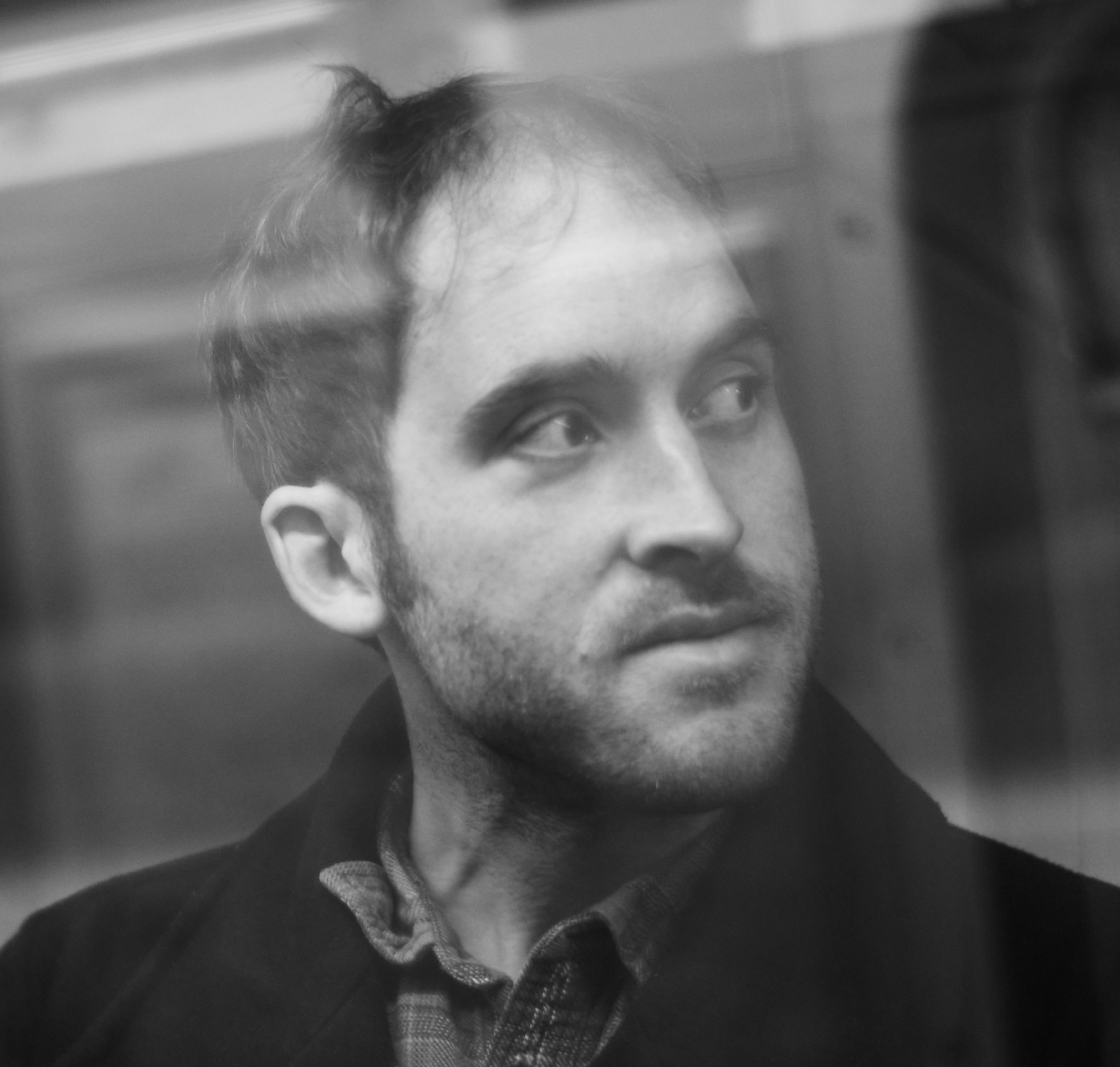
Nick Wells was the Editor of Bass Guitar magazine from 2009 to 2011, before making strides into the world of Artist Relations with Sheldon Dingwall and Dingwall Guitars. He's also the producer of bass-centric documentaries, Walking the Changes and Beneath the Bassline, as well as Production Manager and Artist Liaison for ScottsBassLessons. In his free time, you'll find him jumping around his bedroom to Kool & The Gang while hammering the life out of his P-Bass.
You must confirm your public display name before commenting
Please logout and then login again, you will then be prompted to enter your display name.
“I asked him to get me four bass strings because I only had a $29 guitar from Sears”: Bootsy Collins is one of the all-time bass greats, but he started out on guitar. Here’s the sole reason why he switched
“I got that bass for $50 off this coke dealer. I don’t know what Jaco did to it, but he totally messed up the insides!” How Cro-Mags’ Harley Flanagan went from buying a Jaco Pastorius bass on the street to fronting one of hardcore’s most influential bands


